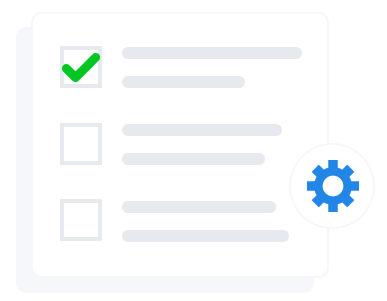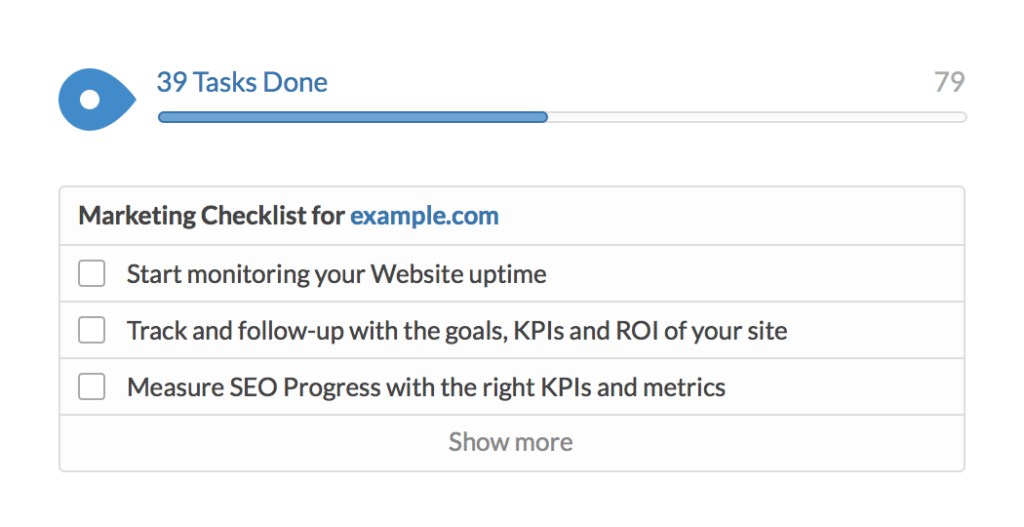As the popularity of social media marketing continues to grow, so does the use of influencers. Influencer marketing is a strategy companies use similar to word-of-mouth (WOM). Businesses find influential members within online communities and incentivize them to promote their product in a more organic or native way. Typically, these influencers are experts within a product category or have a large social following. Companies may offer free products, cash, or other compensation; in exchange, the influencer chats up or reviews the company’s product on their platform(s). Influencers may spread the word on a multitude of social platforms, blogs, or websites.
Why Influencer Marketing?
Advertisement exhaustion.
We’re each exposed to 4,000-10,000 ads per day. Consequently, the population is sick of ads. This is why native advertisements have popped up in recent years (and why the FTC seeks to control it). Sponsored content is entertaining and/or informative; consumers want to consume it. Influencers act as an organic communication medium. Information is found on a user’s newsfeed, rather than in the sidebar. Not only is more likely to be read, but information is less likely to be filtered out because it is presented in an enjoyable context and lacks the feeling of a traditional advertisement.
Everyone trusts a friend.
There are multiple statistics supporting WOM, but here are just a few:
- 91% of B2B buyers are influenced by WOM.
- 74% of consumers consider WOM a key influencer on purchase decisions.
- 84% of consumers trust recommendations from family, friends, and colleagues.
- 68% of consumers trust online opinions from other consumers.
- 88% of consumers trust online recommendations as much as they do a friend.
- WOM can improve marketing effectiveness by up to 54%.
Influencer marketing acts as a form of WOM. Usually shared in blogs or on social platforms, followers and users spot the reviews and recommendations and use it to form an opinion of the company or product. Both followers and non-followers will be influenced by the influencer’s message, but followers, in particular, trust that influencer’s voice. This expands the brand’s reach, builds trust, and improves reputation.
Talk with, not at.
In addition to a friend’s WOM, influencers will engage their followers. Influencers will not only be building a relationship with the consumers themselves, but they will also be forming a bond between your company and other consumers. Customers want more than a transaction these days; they want an experience, and relationship-building helps to provide that. It’s a two-way street of communication, rather than the one-way street consumers were once used to with traditional advertising.
SEO Success.
Social mentions are gaining importance in search ranking. As your brand is mentioned on an increasing number of social platforms, you become more and more relevant to Google.
It’s less costly.
The cost of influencers is lower than their real value. This means ROI tends to be high; in fact, a poll from Tomoson found that businesses made $6.50 for every dollar they invested in influencer marketing. Investing even a couple hundred on an influencer may see a surge in site traffic and increased purchases.
Keep in Mind: Brand Awareness, SEO, and Cost Savings
The benefits of influencers are both tangible and intangible. Improved SEO and cost savings are clear-cut measurements of influencer marketing’s effect. Relationships and awareness are more difficult to measure, but some key indicators include the brand’s web and social platform traffic and the conversion rate of web visits originating from the influencer. Measure and analyze the business gained from your influencers; use this information to decide who to use moving forward, and how to use them.



